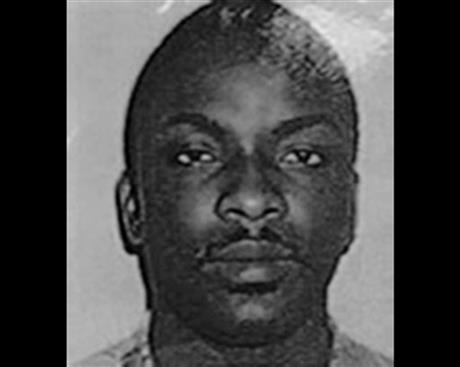CHICAGO (AP) — A longtime fugitive was set to be sentenced Thursday for his reputed role leading what was one of the world’s largest heroin networks, extending from suppliers in Thailand to distributors working out of a boutique in Chicago.

The sentencing of Musiliu Balogun highlights a seismic shift in how heroin gets to the U.S. In the 1990s, when Balogun was in his heyday as a drug trafficker, most of the heroin originated from Southeast Asia and got to the United States through couriers. Now, most of it is smuggled across the southern border by Mexican cartels.
While Balogun trafficked pricey Asian heroin injected with a needle, today’s Mexican- and Colombian-made heroin is as potent but cheaper and easier to ingest in its powdery form, said Jack Riley, the Drug Enforcement Administration’s head in Chicago.
“I’m excited to see Balogun in court,” said Riley, who as a young agent in the mid-’90s worked on the investigation that helped bring down Balogun’s network. “What’s scary is we thought we had heroin licked. And look where we are now.”
Balogun was initially looking at a life sentence on multiple trafficking charges, but a plea deal following his extradition from Holland this year means he faces a maximum nine-year prison term when a federal judge in Chicago sentences him Thursday.
Based in Thailand and Cambodia, Balogun was adept at recruiting couriers in hotels or airports, and they would then smuggle the heroin to the U.S. aboard airlines — sometimes swallowing it in small bags and expelling it after reaching Chicago, Riley said.
“This guy was a genius, including at recruiting curriers,” he said. “He also had ties to the Thai government at the time and with its military.”
Among the other key figures in the network were women working out of a Chicago boutique shop; they received the contraband from couriers, then distributed it to local street gangs, who handled street-level sales, Riley said.
The women, like Balogun, were of Nigerian descent, which Riley said was a common feature of trafficking organizations in the ’90s. Over the years, Mexicans and their operatives came to dominate the trade, he said.
The investigation of Balogun’s crime group, dubbed Global Sea, was one of the largest operations of its kind at the time, Riley said. Dozens of coconspirators were arrested in 1996, Balogun evaded capture until his arrest in Amsterdam in 2006 as he sought to fly to Ghana. Dutch authorities extradited him to the U.S. in February.
The first breaks for investigators in the 1990s were the capture of couriers, who then revealed telephone numbers they were ordered to call upon arrival in Chicago. Authorities used that information to work their way of the chain of command, he said.





